Electric safety in workplace is vital for safeguarding employees’ lives and reducing your damage. Every workplace today relies on electricity and which actually brings great convenience. Due to failure to follow basic electricity safety rules, thousands of accidents occur each year. Whether you’re a worker, qualified electrician, visitor, workplace supervisor or the company owner, this guide to electrical safety in the workplace is useful for you to prevent the potential electric risks and reduce the related accidents. You will learn the top regulations to electrical safety to maintain a safe and harmonious working environment.
Common Electric Hazard
There are 4 types of main electric injuries:
- Electric shock: occurs when a person contacts with electric current and it travels through the person’s body. The electric shock can cause mild to severe injury.
- Electrocution: When an individual contacts with the electric power which sends strong current and results in severe injury or death.
- Burns/ Arc Blast: the electric arc releases an intense amount of heat and light through air, which can cause deadly explosions and burns. Burns will destroy a person’s skin and cause deadly damage to his internal tissues, muscle and organs.
- Falls: When a person contacts with the electric source and then falls from the ladder or higher position, resulting in trauma brain injuries such as memory loss, headache, speech difficulties and depression.
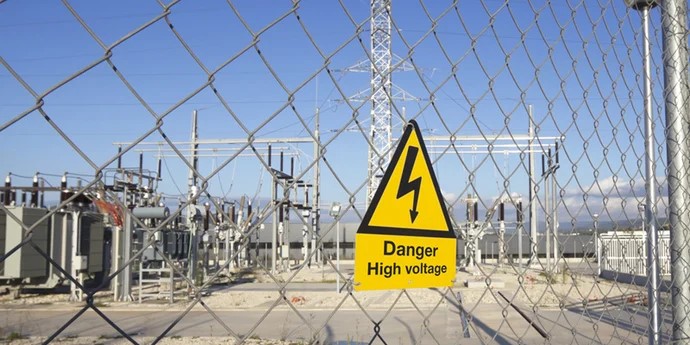
The Causes of Electric Danger
Insufficient Electric Inspection
The failure to inspect electric systems and equipment regularly, lack of safety signs, employing unqualified electricians can trigger severe electric hazards over time.
Electric Equipment in Wet Condition
Water can greatly increase the risk of electric danger because water containing ions is a good conductor of electricity. When someone contacts electric devices with wet hands or wet body, the electric current will flow through the body easily.
Frayed or Damaged Wire Exposed to Air
The frayed or damaged cords exposed to air will increase the risk of electric hazard. These hazards can cause potential burns and shocks.
Overloading circuits and improper plug using
Fires and burns happen when too many electric devices are plugged into the same circuit. Overloading can cause overheating which results in equipment damage and electrical shock.
Lack of insulated gloves
Insulation protects you from contacting with electric shocks and burns by blocking the flow of electric power through your body.
Use conductive tools
Using damaged test pencils or conductive tools such as metal ladder in the repairment or installation of electric circuits will increase the risk of electrical shock injuries.
Lack of circuit breaker or safety devices
Circuit breaker can automatically cut off the electricity when it detects overloading, leakage, false grounding or short circuits.
Insufficient Electric Safety Awareness
Lack of awareness of electrical safety is one of the most important causes of electrical accidents. Ignoring danger signs and neglecting strange sounds and smells around you can lead to electrical safety accidents.
How to Prevent Electric Hazard
-
Set Electric Hazard Signs and Equipments
Site Safety Signs
Posting clear and visible electric hazards signs and symbols such as “DANGER”, “ELECTRIC HAZARD” in the high voltage systems, electric boxs or other dangerous electric devices is the easiest way to remind employees and visitors of the potential danger.
Signs are especially important in maintaining electric safety in workplace, where individuals may be unfamiliar with various high-voltage circuits and devices.
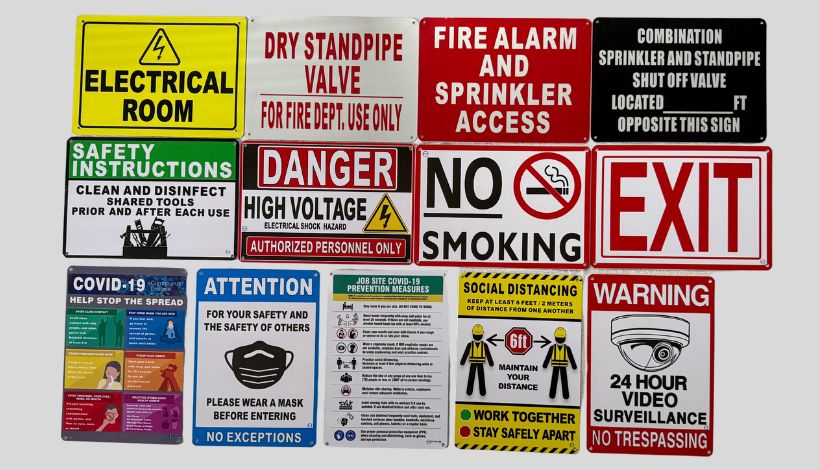
Rubber Cable Protector
Damaged or frayed cables can be a hazard, especially in the high-traffic area where various individuals suffer high exposure to the electric power source. Use electrical cord covers to guard the cords and hoses on the floor from being trod or damaged by pedestrians, carts or trucks. Install heavy duty electrical cord cover for floor with different channels to make cords well-organized and protect employees from trip hazards, contributing to a safe workplace.
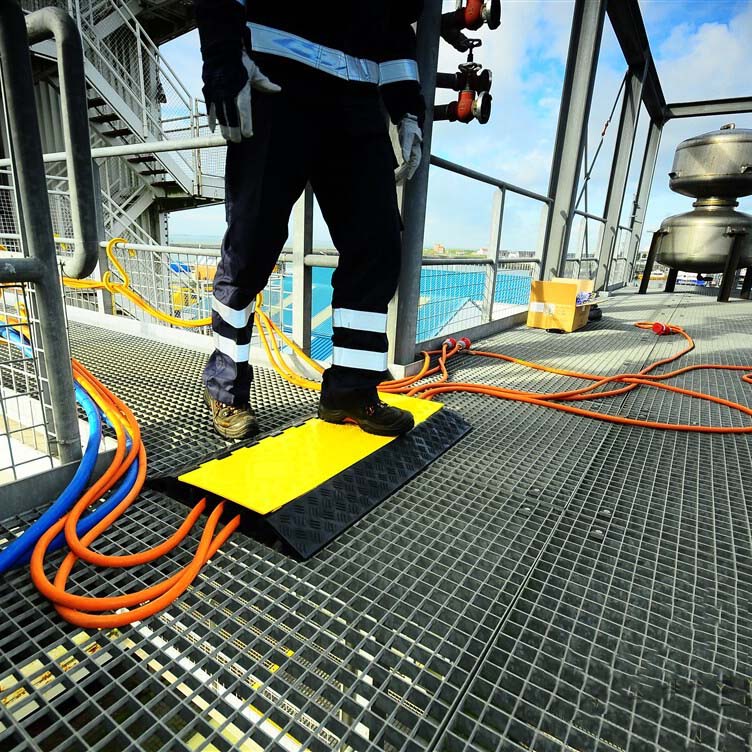
Insulated Gloves and PPE
Use insulation or PPE such as flame-resistant clothing, insulated gloves, safety glasses, face shield and class E hard hat, which protect your safety from power in high-voltage work.
-
Regular Electric Safety Inspection
In addition to all kinds of safety regulations, the routine inspection, equipment maintenance and risk assessment can greatly reduce the potential electric hazards ahead. Look for overheating, improper grounding, false circuits, unusual buzzing and smell of burning to resolve crisis from the source, ensuring all systems and equipment function properly.
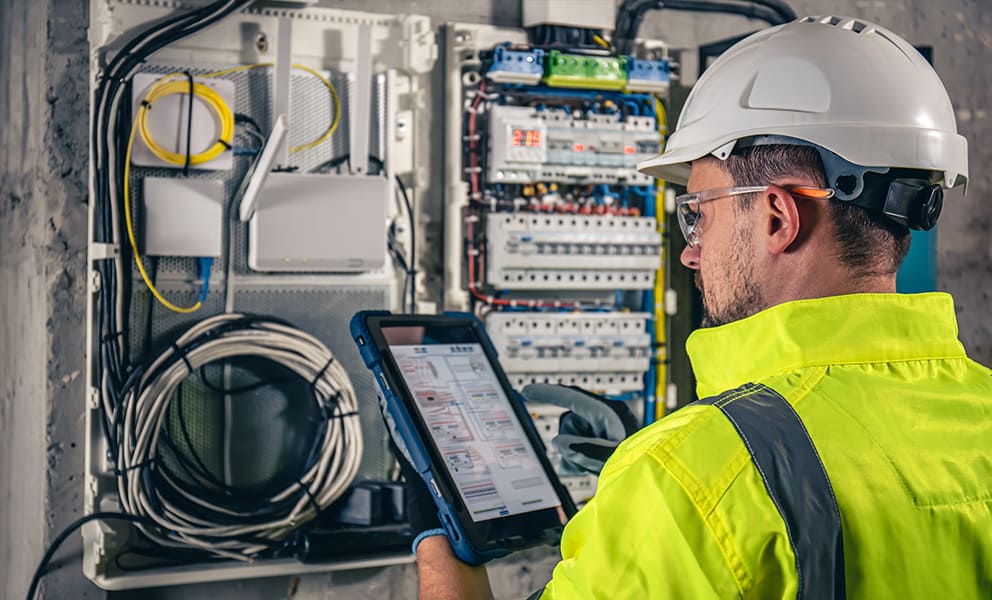
-
Never Operate in Wet Condition
Water will infiltrate the internal electric devices quickly, resulting in electric shock or short circuits if the machines or tools function in wet or damp condition. Water is a good conductor of electricity, especially when the wires get frayed or the components get damaged. Cover plugs, sockets, exposed cables and machines with waterproof so as to keep them in a dry and elevated condition. Dry your hands before touching any switches, circuit breaker boxes, electric generators and wires.
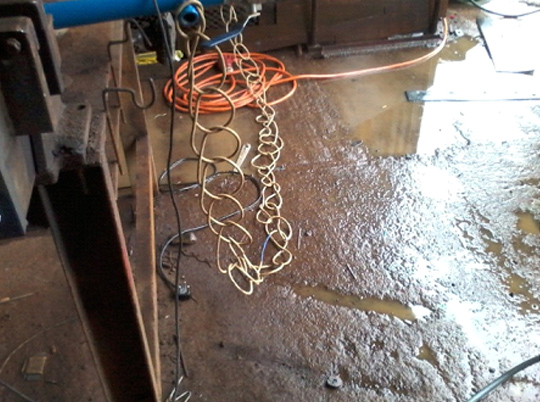
-
Avoid Overhead Line Contact
Considering the cost, weight-reducing and heat dissipation, most of the overhead lines are not covered with thick insulated coat, which are extremely dangerous and fatal even without direct contact. The overhead lines often carry thousands of voltage which lead to electrocution, severe burns, organ damage and cardiac arrest. Always maintain a safe distance of 10 feet or more from overhead lines and don’t use metal ladders, cranes or tools conducting electricity near the high-voltage areas.
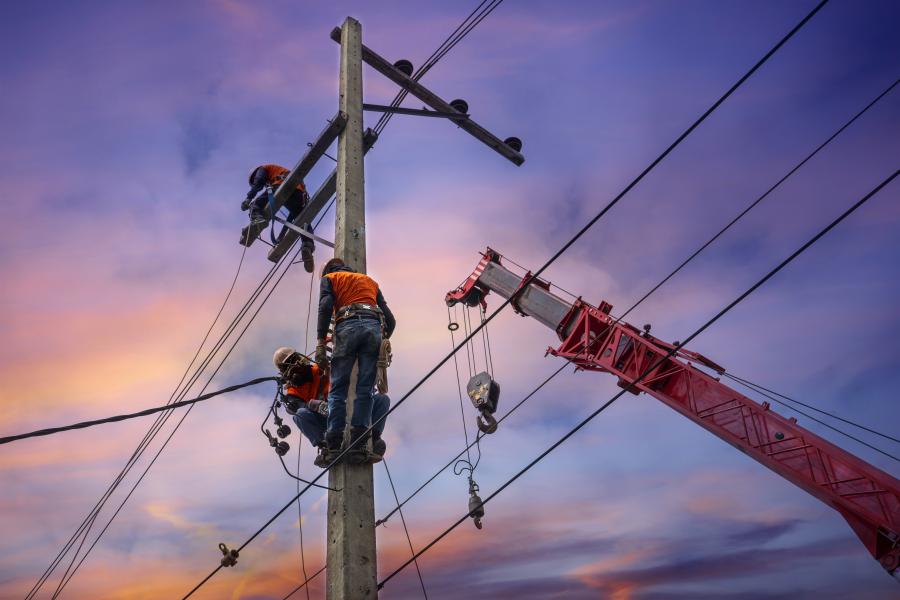
-
Get familiar with Electric Switchboard
One crucial electric rule is knowing which switches control which areas so that you can cut off the power when there are electric fires or shocks. Make the power lines tidy and organized to prevent overheating or insulation wear. Always follow lockout/tagout (LOTO) procedures and practices whenever electrical systems are being repaired, serviced or maintained.
-
Turn Off the Power Before Repairment
Testing for voltage and performing risk assessment are crucial for a person’s safety before conducting any electric or maintenance work. De-energizing electrical equipment before repairing or servicing can not only save the lives of workers and others nearby but also prevent damage to devices. Then add Lockout/Tagout(LOTO) on the machine and all of the energy sources connected to the machine, which also meets the OSHA’s safety standard.
-
Observe the Instruction When Using Electric Generator
Portable electric generators are a vital tool in many work sites, but they will create severe hazards and risks if used in the wrong way. Always read manufacturer’s instructions first before using the generator, which contains important information on maintenance and handling, such as never use generator indoors or plug it into a wall outlet.
-
Employee Qualified Electricians
All electrical work should be completed by licensed and qualified electricians with comprehensive training. They are more familiar and professional to electrical rules than the unqualified workers and know how to avoid the potential hazards. Regular training should also be operated to enhance the workers’ awareness about electric safety, so that they will be more alert with site safety signs, buzzing noise, flickering lights and the smell of burning.
First Aid: for Burns and Electric Shock
- Turn off the electricity source as fast as you can.
- Don’t touch the person if he is still in contact with the power source. The current will probably flow through your body because of touching.
- Remove the source away from the injured person by using non-conductive or insulated objects such as dry wooden poles, plastic or rubber tools.
- Call 911 for emergency medical help and tell the right position and situation of the injured person.
- If there is any fire around you, use class C extinguisher on fire, NEVER USE water.
- Keep the victim lying down. Don’t move the victim unless absolutely necessary.
- Begin cardiopulmonary resuscitation (CPR) when the victim has no pulse or breathing. Check the victim’s airway in case of being blocked by tongue.
- Prevent the victim from being chilled. Don’t touch the burns or uncover the burned clothing.

JACKWIN-for Site Safety Signs and Cable Protector
JACKWIN–Your reliable one-stop manufacturer for site safety, rubber cable protector, traffic cones and other related products. We have been offering customized safety signs, floor cord protector ramps of different channels, warning lights, road barriers and traffic wands since 2008. We wish to be your trusted supplier if you need any customized products and services. Contact us if you need assistance, and we will respond promptly.
Conclusion
We should pay more attention to electrical safety in the workplace, which is related to the workers’ lives and the maintenance of all kinds of devices. There are many ways to reduce the potential electric hazards such as comprehensive training before operation, observing regulations of the workplace, regular inspections and installation of safety signs.


-80x69.png)

